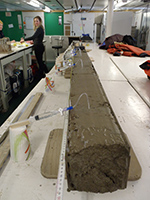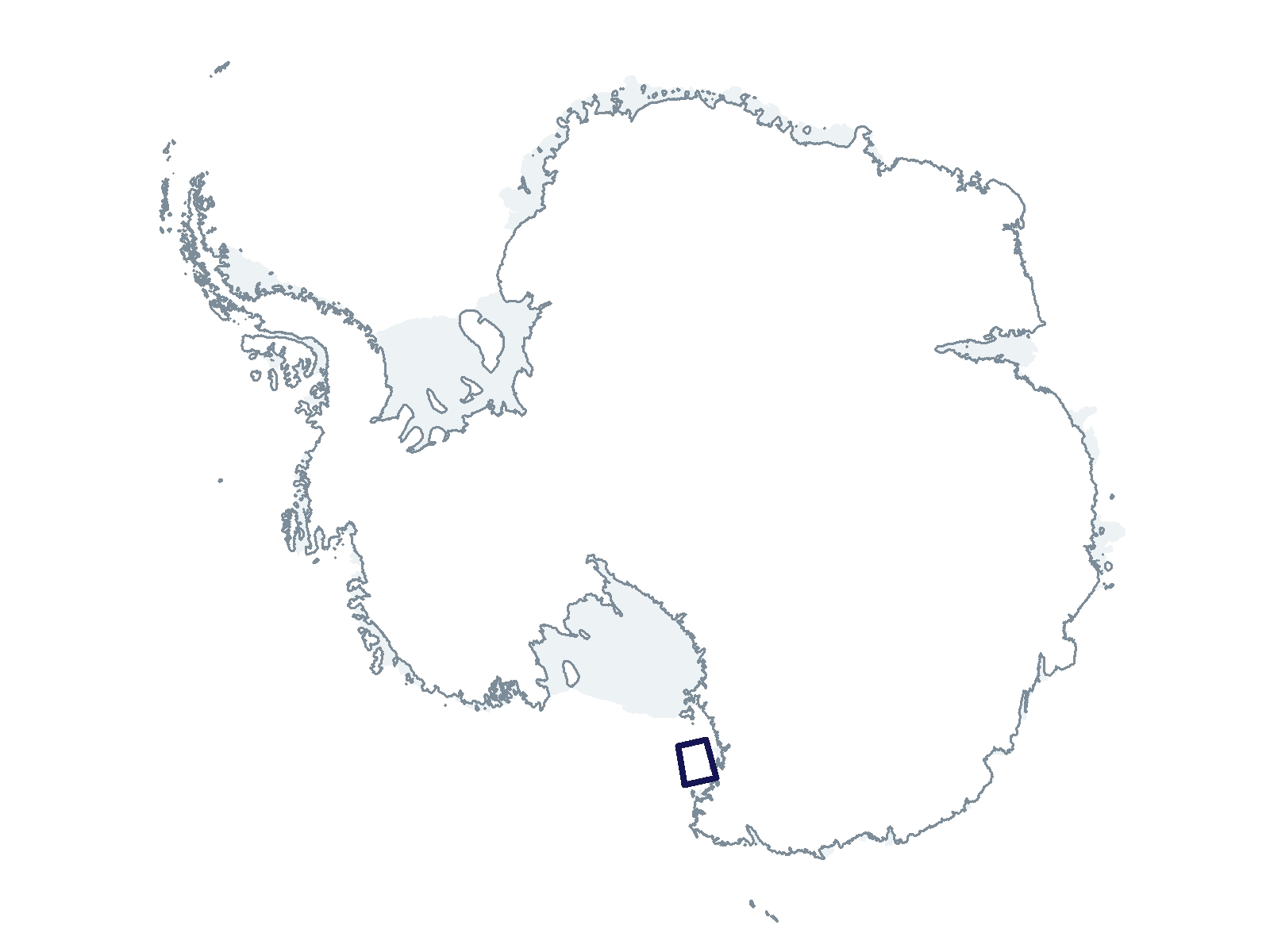2022-2023 USAP Field Season
Project Detail Project TitleCollaborative Research: Gas hydrate contribution to the Ross Sea carbon budget; Shallow sediment to water column; Present and future Summary
Event Number:
Program Director:
ASC POC/Implementer: Principal Investigator(s)
Dr. Richard B Coffin
Location
Supporting Stations: RV/IB Nathaniel B. Palmer DescriptionUnderstanding Earth’s warming requires significant insight on geochemical and geobiological cycles in both polar regions. The Ross Sea is suggested to have extensive ocean – sediment transitory methane and gas hydrate interfaces that may be subject to future rapid warming. This project seeks to determine the significance of a vast transitory gas hydrate carbon reservoir in the coastal Southern Ocean. Recent double-bottom simulating reflections observed through seismic profiles indicates a thermogenic carbon source and extensive carbon storage in deep sediment hydrates. This warming and ice melting coupled with high thermogenic gas hydrate loadings suggest the Ross Sea is essential to determine contributions of current and potential future methane, petroleum, and glacial carbon to shallow sediment and water column carbon cycles. This group will examine methane which is abundant in ocean sediments and can be a significant source of carbon dioxide. Comparison of carbon source(s) and cycling will include phytoplankton, glacier ice, shallow sediment organoclastic carbon, deep sediment oil and methane trapped in gas hydrates. Data collection will include seismic profiling, light element isotope, real-time heat flux measurements, and broad geochemical and geo-microbiology parameters. Data will provide a new understanding of climate change and the effect on the ocean carbon budget. Field Season OverviewOver a period of two seasons, a multidisciplinary science team will conduct research in the Ross Sea with the primary goal of characterizing potential and current gas hydrate contributions from the ocean floor, relative to the glacial ice and phytoplankton contributions to sediment and water column carbon cycling. In order to meet this goal, the science team will use the RV/IB Nathaniel B. Palmer (NBP) in 2022-23 and 2023-24 to conduct seismic operations, jumbo piston coring, multi-coring, multibeam surveys, sea ice sampling, and water column sampling. In December 2022, 14 science participants will embark on an expedition from Lyttelton, New Zealand to McMurdo Station with the already funded Bart project team (G-431-N). During this expedition, the Coffin team will conduct at least 10 days of seismic profiling and complete up to two Ocean Bottom Seismometer (OBS) deployments of 10 instruments. Additional sampling may include CTD (connectivity, temperature, and depth) and multicoring. The team will disembark the vessel and fly out of McMurdo Station. Deploying Team Members
|
2022-2023 Science Planning Summary



For USAP Participants |
For The Public |
For Researchers and EducatorsContact UsU.S. National Science FoundationOffice of Polar Programs Geosciences Directorate 2415 Eisenhower Avenue, Suite W7100 Alexandria, VA 22314 Sign up for the NSF Office of Polar Programs newsletter and events. Feedback Form |



